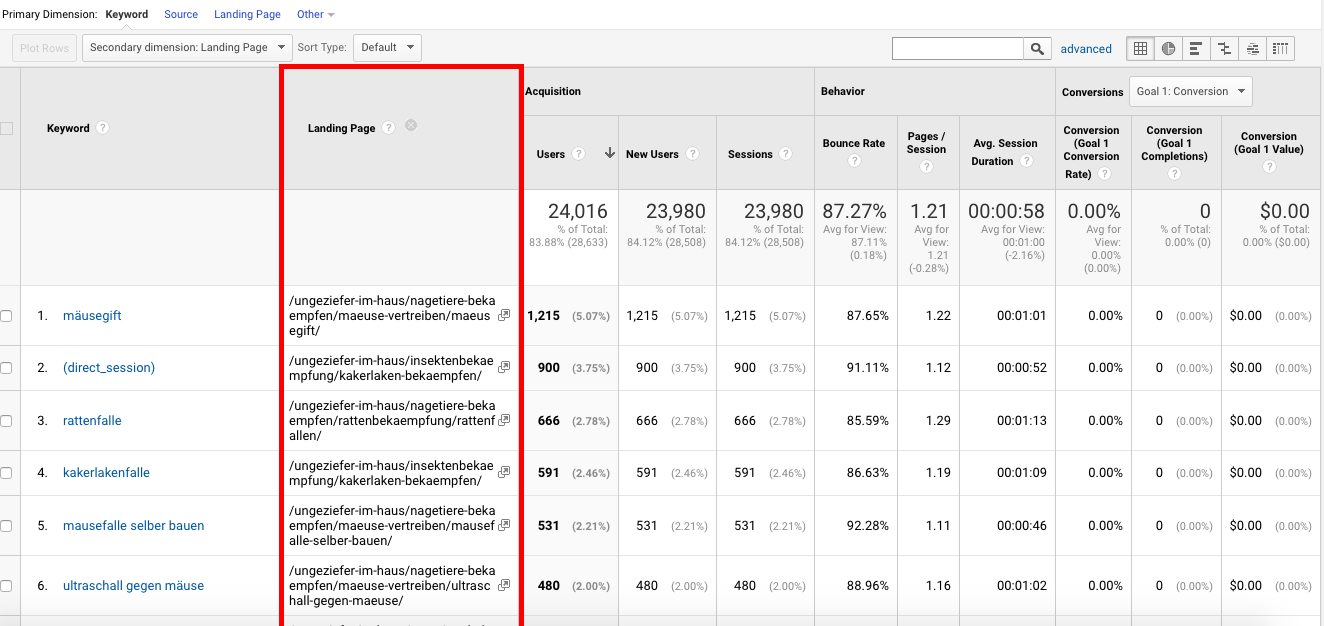Not known Facts About What Is A Secondary Dimension In Google Analytics
Wiki Article
The Buzz on What Is A Secondary Dimension In Google Analytics
Table of Contents4 Simple Techniques For What Is A Secondary Dimension In Google AnalyticsThe Best Strategy To Use For What Is A Secondary Dimension In Google AnalyticsRumored Buzz on What Is A Secondary Dimension In Google AnalyticsThe Of What Is A Secondary Dimension In Google AnalyticsWhat Is A Secondary Dimension In Google Analytics for BeginnersSee This Report about What Is A Secondary Dimension In Google Analytics
Its measurements can be (yet are not restricted to): Purchase ID Coupon code Latest website traffic source, and so on. That event's custom-made dimensions could be: Login technique Customer ID, etc.Therefore personalized measurements are needed. In Google Analytics, you will certainly not find any type of measurements related specifically to online programs.

9%+ of companies using GA have nothing to do with programs. And that's why anything relevant especially to online training courses need to be configured by hand. Go Into Personalized Capacities. In this article, I will not dive deeper right into personalized dimensions in Universal Analytics. If you intend to do so, read this guide.
Examine This Report on What Is A Secondary Dimension In Google Analytics
The scope defines to which events the measurement will use. In Universal Analytics, there were four scopes: User-scoped personalized measurements are related to all the hits of a user (hit is an event, pageview, etc). If you send out User ID as a personalized dimension, it will certainly be applied to all the hits of that particular session As well as to all the future hits sent out by that individual (as long as the GA cookie stays the exact same).You could send out the session ID customized measurement, and also even if you send it with the last occasion of the session, all the previous events (of the same session) will get the value. This is carried out in the backend of Google Analytics. dimension applies just to that specific event/hit (with which the dimension was sent).
That measurement will certainly be used only to the "trial started" event. Product-scoped personalized dimension uses just to a particular product (that is tracked with Boosted Ecommerce performance). Also if you send out multiple products with the very same transaction, each product might have different worths in their product-scoped personalized dimensions, e. g.
See This Report on What Is A Secondary Dimension In Google Analytics
Why am I informing you this? Because some points have actually changed in Google Analytics 4. In Google Analytics 4, the session scope is no longer available (at the very least in customized measurements). Google said they would add session-scope in the future to GA4. If you wish to apply a measurement to all the events of a particular session, you must send that measurement with every event (that can be done on the code level (gtag) or in GTM).It can be in a cookie, data layer, or somewhere else. From currently on, personalized dimensions are either hit-scoped or user-scoped (formerly called User Features). User-scoped custom dimensions in GA4 work similarly to the user-scoped dimensions in Universal Analytics yet with some differences: In Universal Analytics, a user-scoped custom dimension (set in the center of the customer session) was put on EVERY event of the exact same session (even if some event occurred prior to the measurement was set).
Some Known Incorrect Statements About What Is A Secondary Dimension In Google Analytics
Also though you can send custom item data to GA4, at the minute, there is no method to see it in records appropriately. (let me know). At some factor in the past, Google stated that session-scoped personalized measurements in GA4 would be available also.However when it comes to custom measurements, this scope is still not available. And also now, allow's move to the second component of this article, where I directory will certainly show you just how to set up customized measurements as well as where to locate them in Google Analytics 4 reports. Let me begin with a general overview of the procedure, and also then we'll take an appearance at an example.
You can simply send the occasion name, claim, "joined_waiting_list" as well as after that consist of the parameter "course_name".
Indicators on What Is A Secondary Dimension In Google Analytics You Should Know
Because instance, you will certainly need to: Register a specification as a personalized definition Start sending out custom parameters with the events you desire The order DOES NOT matter right here. You need to do that pretty a lot at the very same time. moved here If you start sending out the parameter to Google Analytics 4 as well as just register it as a customized dimension, say, one week later, your records will certainly be missing out on that week of information (since the registration of a customized measurement is not retroactive).Whenever a visitor clicks a food selection product, I will send out an event and 2 additional criteria (that I will later on register as personalized measurements), menu_item_url, and also menu_item_name.: Food selection link click tracking trigger conditions differ on the majority of web sites (as a result of different click classes, IDs, and so on). Attempt to do your ideal to use this example.
Go to Google Tag Supervisor > Sets Off > New > Just Links. By developing this trigger, visit homepage we will make it possible for the link-tracking functionality in Google Tag Manager.
The Best Guide To What Is A Secondary Dimension In Google Analytics
After that go to your internet site and also click any one of the food selection links. Actually, click a minimum of two of them. Return to the sneak peek mode, and you need to start seeing Link Click occasions in the preview setting. Click the initial Link, Click occasion as well as most likely to the Variables tab of the preview setting.
Report this wiki page